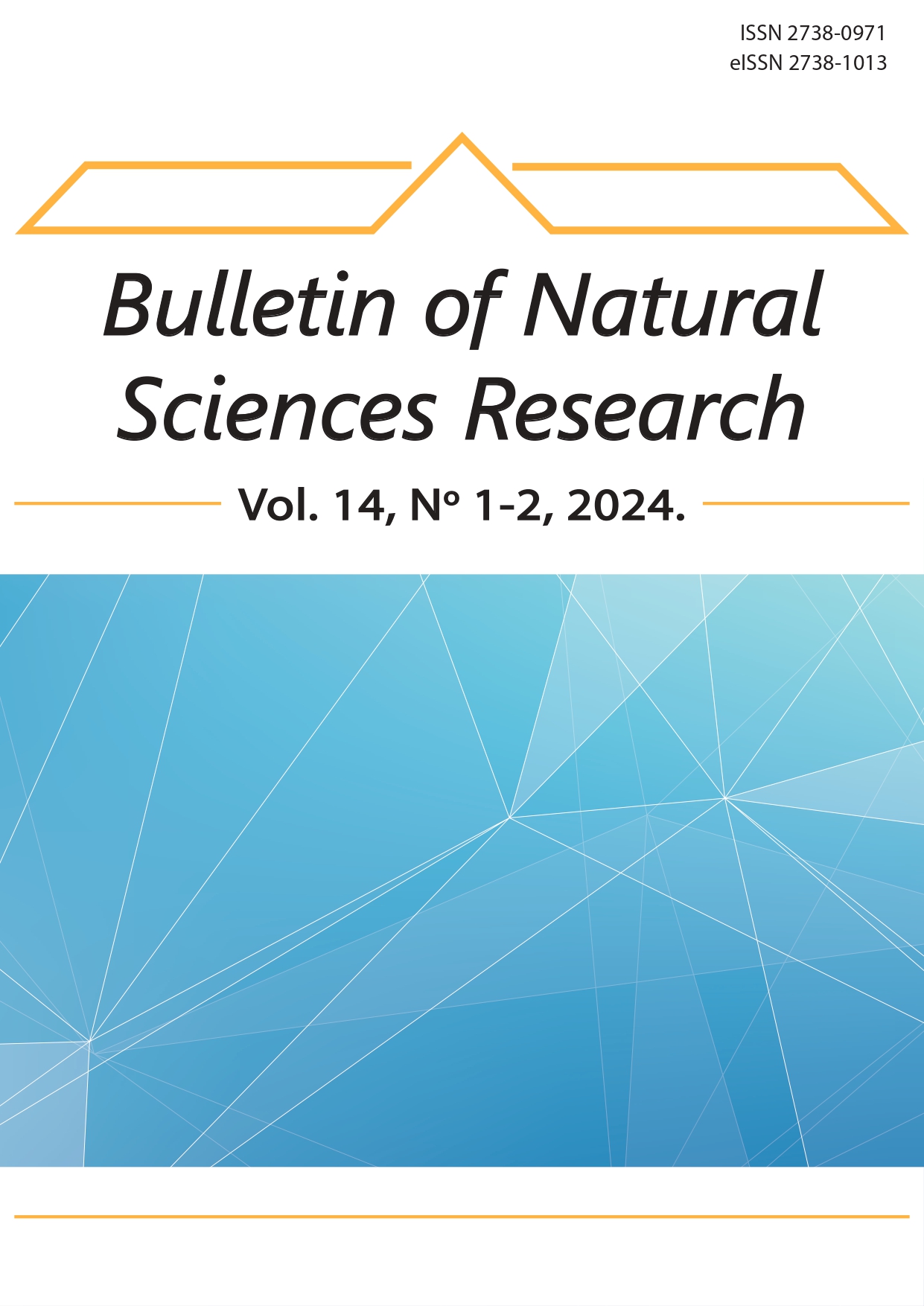APPLICATION OF COMPRESSIVE SENSING TECHNIQUES FOR ADVANCED IMAGE PROCESSING AND DIGITAL IMAGE TRANSMISSION
Abstract
The field of compressive sensing (CS) has emerged as a transformative approach in the acquisition and processing of high-dimensional data. This paper presents a comprehensive study on the application of compressive sensing techniques to advanced image processing and digital image transmission. By leveraging the inherent sparsity in natural images, CS allows for significant reductions in the amount of data required for accurate reconstruction, thereby overcoming the limitations imposed by the traditional Shannon-Nyquist sampling theorem. We explore the theoretical foundations of CS, including the principles of sparsity and incoherence, and provide a detailed overview of the Orthogonal Matching Pursuit (OMP) algorithm, a prominent greedy algorithm used for sparse signal recovery. Experimental results demonstrate the efficacy of CS in improving image reconstruction quality, as evidenced by enhancements in peak signal-to-noise ratio (PSNR) and structural similarity index (SSIM). Additionally, we discuss the practical implementation of CS in single-pixel cameras and its potential impact on future imaging technologies. The findings suggest that CS offers a robust framework for efficient image acquisition and processing, making it a valuable tool for various applications in multimedia, medical imaging, and remote sensing.
References
Baraniuk, R. G., Goldstein, T., Sankaranarayanan, A. C., Studer, C., Veeraraghavan, A. & Wakin, M. B. 2017. Compressive Video Sensing: Algorithms, architectures, and applications, IEEE Signal Processing Magazine, 34(1), pp. 52-66, Jan. 2017, doi: 10.1109/MSP.2016.2602099.
Donoho, D. L. 2006. Compressed Sensing. IEEE Transactions on information theory, 52(4), pp.1289-1306.
Gan, L. 2007. Block Compressed Sensing of Natural Images. In: Proceedings of the 2007 15th International Conference on Digital Signal Processing, Cardiff, UK, 1-4 July 2007.
Rani, M. & Sushma R. 2018. A Systematic Review of Compressive Sensing: Concepts, Implementations and Applications. IEEE Access, 6.
Patel, V.M., Vishal M. & Rajesh C. 2013. Sparse Representations and Compressive Sensing for Imaging and Vision. New York: Springer.
Foucart, S. & Rauhut, H., 2013. A Mathematical Introduction to Compressive Sensing. New York: Springer.
Sermwuthisarn, P., Auethavekiat, S., & Patanavijit. V. 2009. A fast image recovery using compressive sensing technique with block based orthogonal matching pursuit. In 2009 International Symposium on Intelligent Signal Processing and Communication Systems (ISPACS). IEEE. https://doi.org/10.1109/ispacs.2009.5383863
Stankovic, S., Orovic, I. & Sejdic, E. 2016. Multimedia Signals and Systems: Basic and Advanced Algorithms for Signal Processing. London: Springer.
Strang, G. 2016. Introduction to Linear Algebra, 5th ed. Wellesley: Wellesley - Cambridge Press.
Seyed, H. S., & Farah T-A. 2016. Sparsity-aware adaptive block-based compressive sensing. IET Signal Processing. pp. 36-42, https://doi.org/10.1049/iet-spr.2016.0176.
Thomos, N., Boulgouris, N. V., & Strintzis, M. G. 2006. Optimized transmission of JPEG2000 streams over wireless channels. IEEE Transactions on Image Processing, 15(1), 54-67. doi: 10.1109/TIP.2005.860338.
Uzeler, H., Cakir, S., & Ayta ̧, T. 2013. Image generation for single detector infrared seekers via compressive sensing. Proceedings of SPIE - The International Society for Optical Engineering, 8896. doi: 10.1117/12.2030104.
Wang, Z., Bovik, A. C., Sheikh, H. R., & Simoncelli, E. P. 2004. Image quality assessment: from error visibility to structural similarity, IEEE Transactions on Image Processing, 13(4), pp. 600-612, doi: 10.1109/TIP.2003.819861.
Zhao, L., Hu, Y., & Liu, Y. 2019. Stochastic Gradient Matching Pursuit Algorithm Based on Sparse Estimation. Electronics, 8(2), p165, doi: 10.3390/electronics8020165.
Authors retain copyright and grant the journal right of first publication with the work simultaneously licensed under a Creative Commons Attribution License that allows others to share the work with an acknowledgement of the work's authorship and initial publication in this journal.

